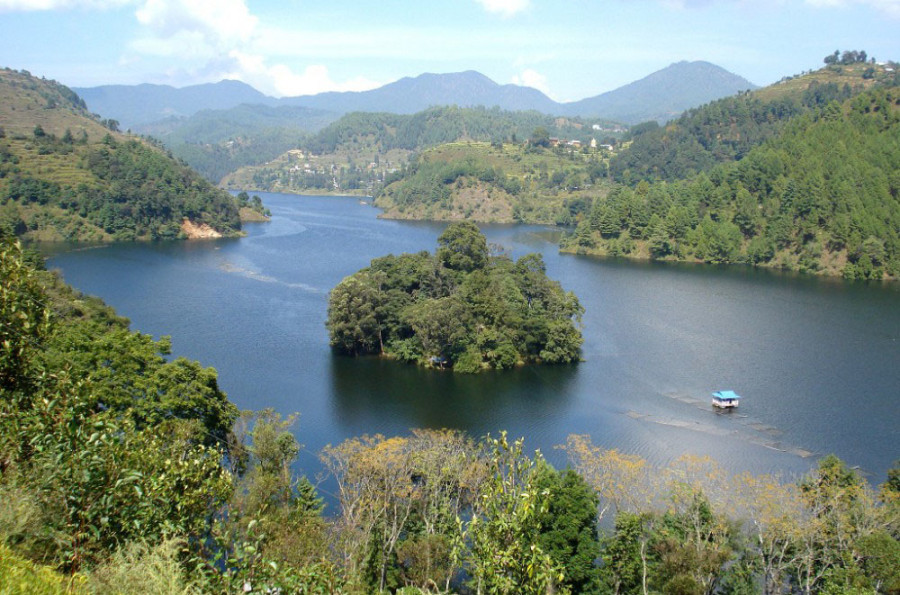Money
Kulekhani-3 project enters testing phase
The Kulekhani-3 Hydropower Project is finally nearing completion 11 years after construction started. Time overruns due to slowpoke contractors resulted in the 14 MW scheme missing half a dozen completion deadlines.
Bibek Subedi
The Kulekhani-3 Hydropower Project is finally nearing completion 11 years after construction started. Time overruns due to slowpoke contractors resulted in the 14 MW scheme missing half a dozen completion deadlines.
The plant being developed by the Nepal Electricity Authority has now entered the testing phase, and the project office is starting with a test of the civil structure which is already complete. Jheijian Jialin Company, the Chinese company contracted to implement the electro- mechanical and hydro-mechanical works, is yet to complete its task.
“We completed an inspection of the civil structure which includes the hydraulic gates and the tunnel,” said Subash Mishra, project chief of Kulekhani-3. “Now we will test the structure by releasing water through the gates to the tunnel.”
The project office has asked Sinohydro, the contractor appointed to carry out the civil works of the project, to fill the 4-km-long tunnel with water. “We will then check whether the hydraulic gates and tunnel are functioning properly,” said Mishra. “If some problems arise, the contractor will rectify them.”
The testing of the civil structure, according to Mishra, will take a couple of months; and by that time, the electro-mechanical works of the project will also be completed. “The electro-mechanical contractor is working slowly, but we have pressurised it to complete the remaining 5-7 percent of the work by the time the testing of the civil structure is done,” said Mishra. “Then we will complete the testing of the electro-mechanical equipment and start test generation.” Kulekhani-3 is planning to start test generation of electricity by mid-July.
The project will produce electricity by utilising the tailrace water from the Kulekhani-2 Hydropower Project and water from local rivers.
The water will be channelled through a 4-km tunnel to the powerhouse to turn the turbines. According to the Nepal Electricity Authority, the electricity generated by the project will be fed into the national grid by extending a half-kilometre-long transmission line from the powerhouse.
Kulekhani-3 is being constructed with domestic investment. The construction of the project began in April 2008 with the aim of completing it by 2012. The project encountered cost overruns due to delays, and the developer has spent double the amount of money originally estimated. The initial estimated cost of the project was Rs2.43 billion. It has now ballooned to Rs5 billion.
In May 2014, the National Planning Commission declared Kulekhani-3 a troubled project. Initially, the project had estimated that the construction cost per megawatt of power would reach Rs173.6 million. As per the revised estimate, it is expected to reach Rs310 million per megawatt.




 8.12°C Kathmandu
8.12°C Kathmandu















